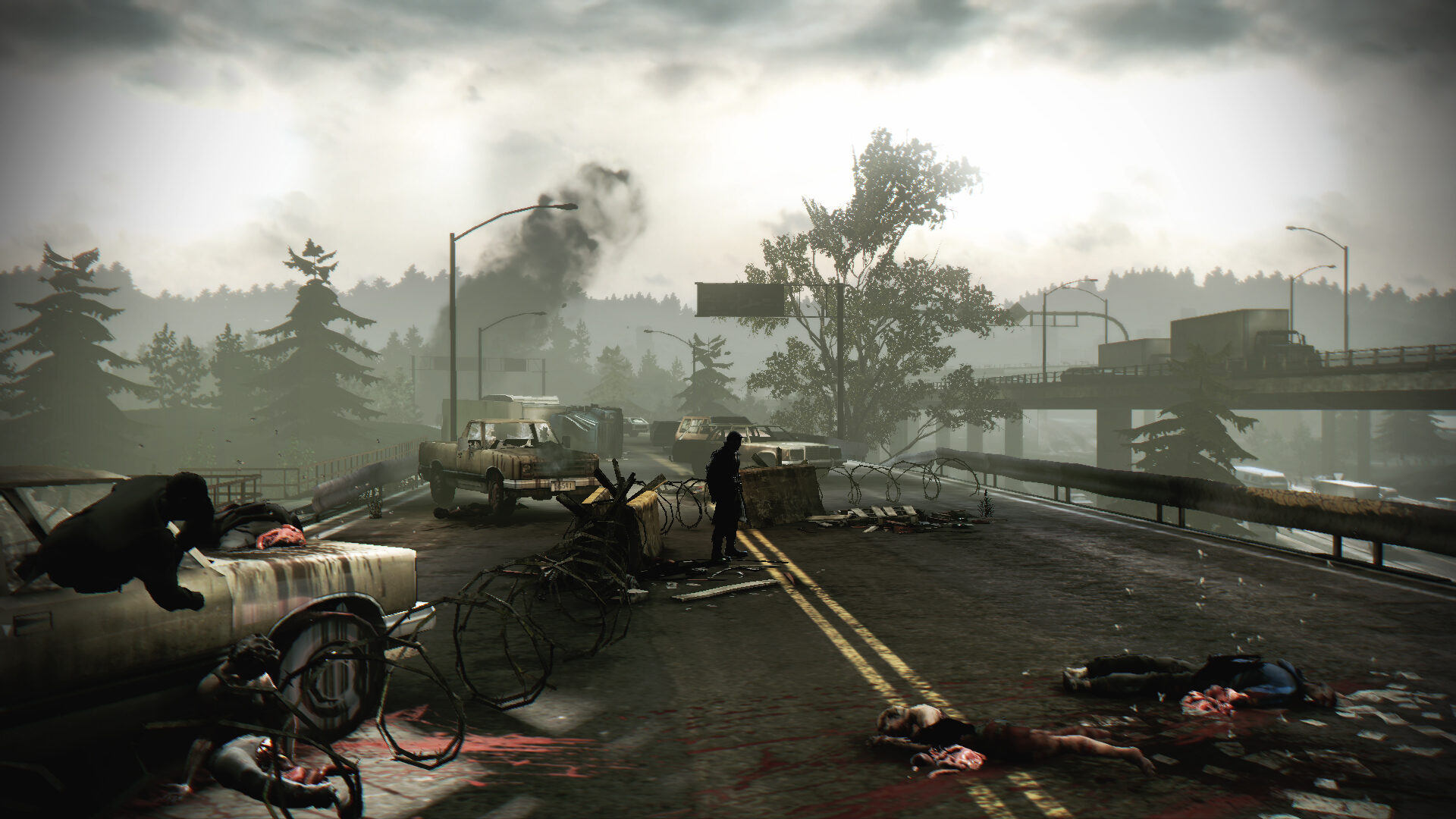Deadlight Review
Zombies. For some, the walking dead have become an overused trope in video gaming—but not for me. Were we to believe that the zombie genre was out of style, Tequila Works may never have given us this little slice of survival-horror—and that’d be a shame.
Initially, Deadlight looks as if it could be light in concept, but in actuality, it holds a real depth underneath its surface. Part of that depth is, in fact, literal. While the concept is traditional 2D side-scrolling action-platforming fare, rather than giving foreground characters and elements emphasis—which is usually the norm—it’s the world beyond that action where things really come to life.
As you lead protagonist Randall Wayne through desolate streets, abandoned buildings, and zombie-filled stadiums, the background extends as far as the eye can see, coming to life with signs of the death that’s occurred. It isn’t just the gameplay aspects of what developer Tequila Works has done here that impress; seeing a horde of Shadows—as the undead are called in Deadlight—shamble into your path from their original position off in the distance is awesome, but equally impactful is the richness and detail in all of the stages.
The game built atop those backdrops is almost as equally compelling. Almost. Controlling Randall takes a bit of getting used to, but once you do, his interactions with the world really satisfy as you jump from building to building, cut down zombies with a fire ax, or try to figure out the solution to the latest obstacle-blocking progression. When those three elements—platforming, combat, and puzzle-solving—work, they provide some fantastic gaming. Sometimes, however, they don’t—such as the occasional situation where Randall’s slightly cumbersome nature causes frustration when dealing with a group of Shadows or the start of the game’s second chapter, when, for some reason, we’re overburdened with a glut of puzzles to figure out.
Larger than that, Deadlight is just too short—though its length is padded with an overreliance on trial-and-error segments. The best games are those that provide great challenge but do so in a way where—if a player’s clever enough—they could know how to get past those challenges without ever dying once. When Deadlight allows itself to calm down a little and simply gives us the experience of making our way through the ruins of what we once called society, it imparts an atmosphere that’s not only enthralling, but almost beautiful. Then, it cranks up the “hardcore gameplay” requirements up to 11—and, in doing so, loses some of its focus on what is most important.
Deadlight
Summary: Deadlight was a fantastic idea whose execution just didn't do it the justice it deserved. It's too short, its challenges too cheap at times, and it occasionally loses focus of what it wants to be—and yet, at the same time, Deadlight is also a surprisingly beautiful adventure through a world of chaos that does more right than it does wrong.
Score: -
Deadlight was reviewed using review code, physical copies, or hardware provided by Microsoft Studios. Scores are graded on a scale of E (Bad) to S (Special) in homage to Japanese video game grading scales, with the understanding that an S still does not denote a "perfect" score. Scores may have been adjusted from the original source to better fit my personal scale.
